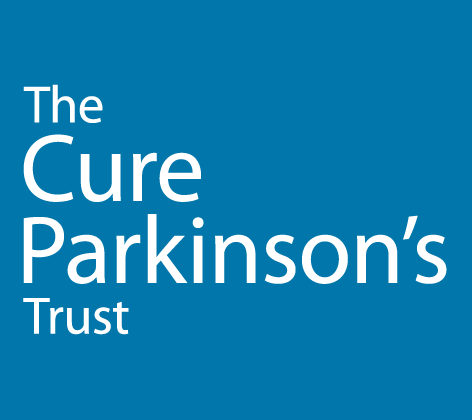The present and future of neurotrophic factors for Parkinson’s
The takeaway
Why is it important?
%
IMPACT
- Novelty 60%
- Proximity 50%
- Deliverability 40%
Impact Opinion
Background
The details
The first neurotrophic factor to show therapeutic potential is Glial cell line-derived neurotrophic factor (GDNF). Results from animal studies were mixed, and one of the main issues has been the development of an effective way of delivering it into the target brain region, involved in the coordination of movement and seated deep in the brain. Seven clinical trials in people with Parkinson’s have taken place, two of which are ongoing. Since 2003, disappointing trial results have led to key lessons about how to improve GDNF delivery. With persistence and insistence that clinical benefit had been witnessed in some patients, two further trials are underway using a specialized delivery system into the brain. The trial in Bristol, UK in 41 patients did not show clinical improvement with GDNF compared to placebo over 9 months, and has been extended for an additional 9 months with all participants receiving GDNF. The second trial in Bethesda, US, using a gene therapy approach in 25 patients is ongoing. The results are eagerly awaited.
Neurturin is another trophic factor closely related to GDNF, although early preclinical results showed it may not be as effective. The main issues related to its availability and how long it remains active, so efforts focused on gene therapy approaches rather then simply infusing it. The double-blind clinical trial in patients targeting two major movement related regions (the putamen and substantia nigra) did not demonstrate efficacy over the whole group of 52 individuals, although patients within less than 5 years of diagnosis did show improvement. This highlighted issues around candidate suitability and the importance of intervening as early as possible.
Research into Platelet derived growth factor (PDGF) is ongoing, as there are still many open questions regarding its mode of action. Rather than acting directly on dopaminergic neurons, a number of studies showed that it mainly affects another type of cell: pericytes. These cells wrap around the smallest blood vessels supplying the whole brain and can be stimulated by this growth factor. The signaling pathways that are triggered may improve dopaminergic neuron survival indirectly through reducing inflammation and improving blood supply. A small trial in 12 patients however was difficult to interpret as similar benefits were seen in the placebo treated group.
Finally, Cerebral dopaminergic neurotrophic factor (CDNF) has shown promising results preclinically, paving the way to clinical trials, as part of a two-pronged approach alongside GDNF delivery as well. CDNF is currently being trialed in a first-in-human double-blind, placebo-controlled clinical study in patients in Finland and Sweden, the results of which will be available in a few years’ time.



